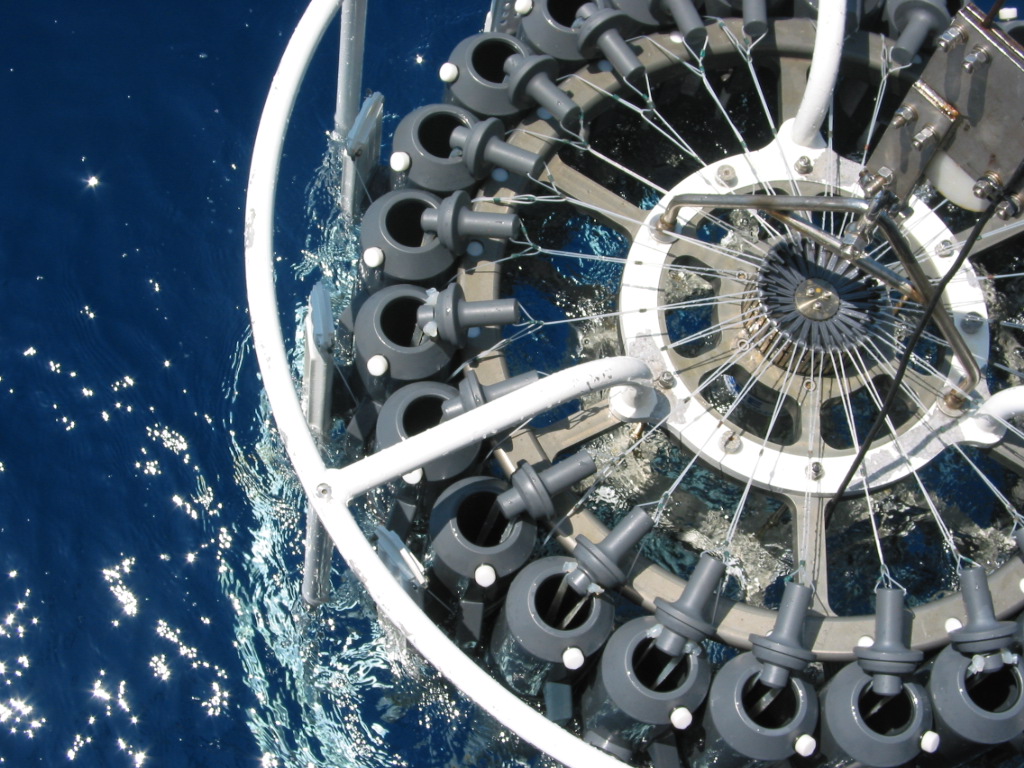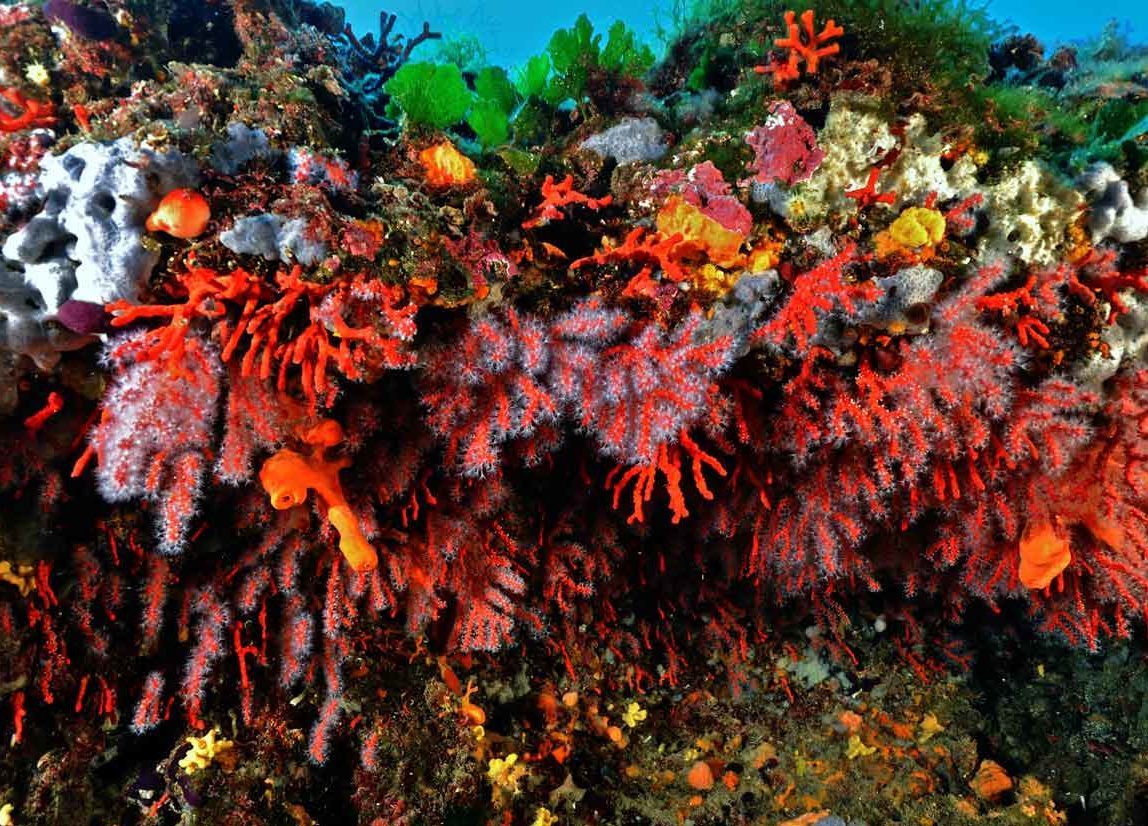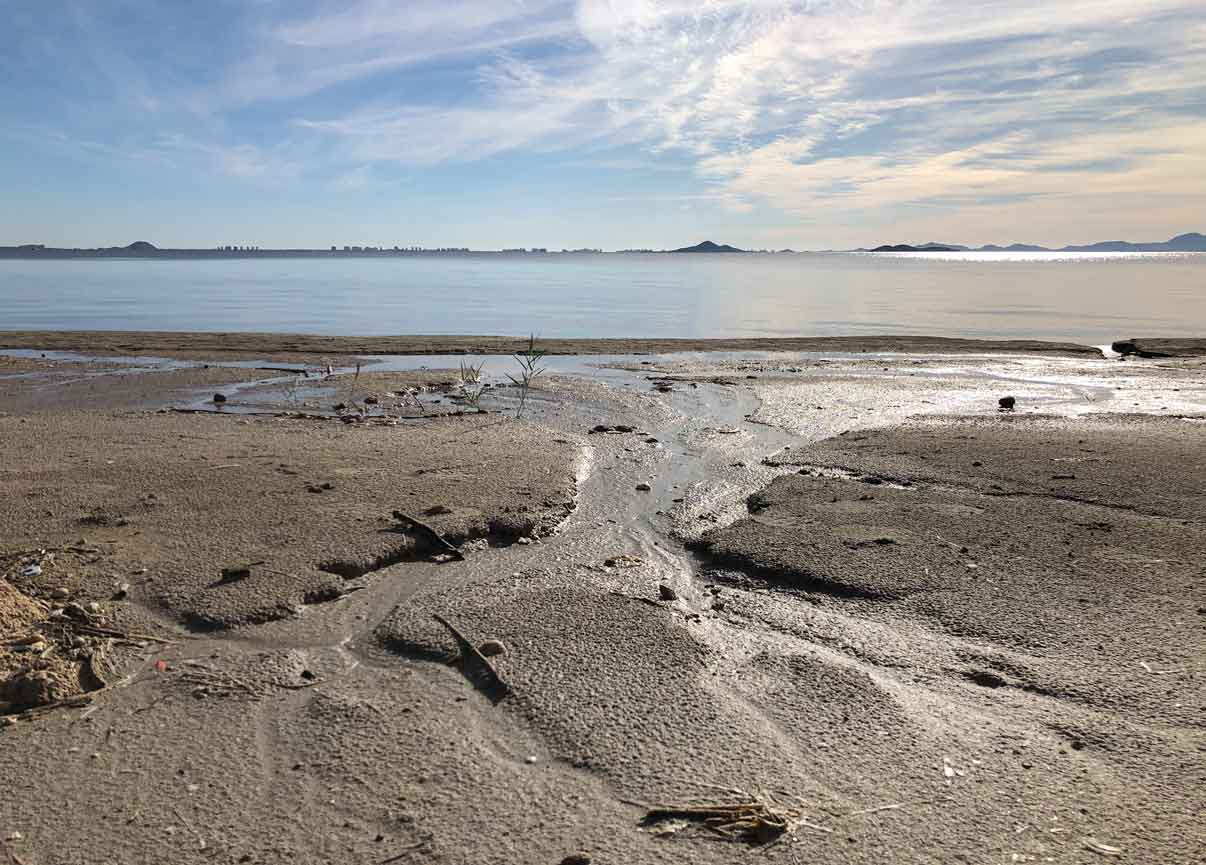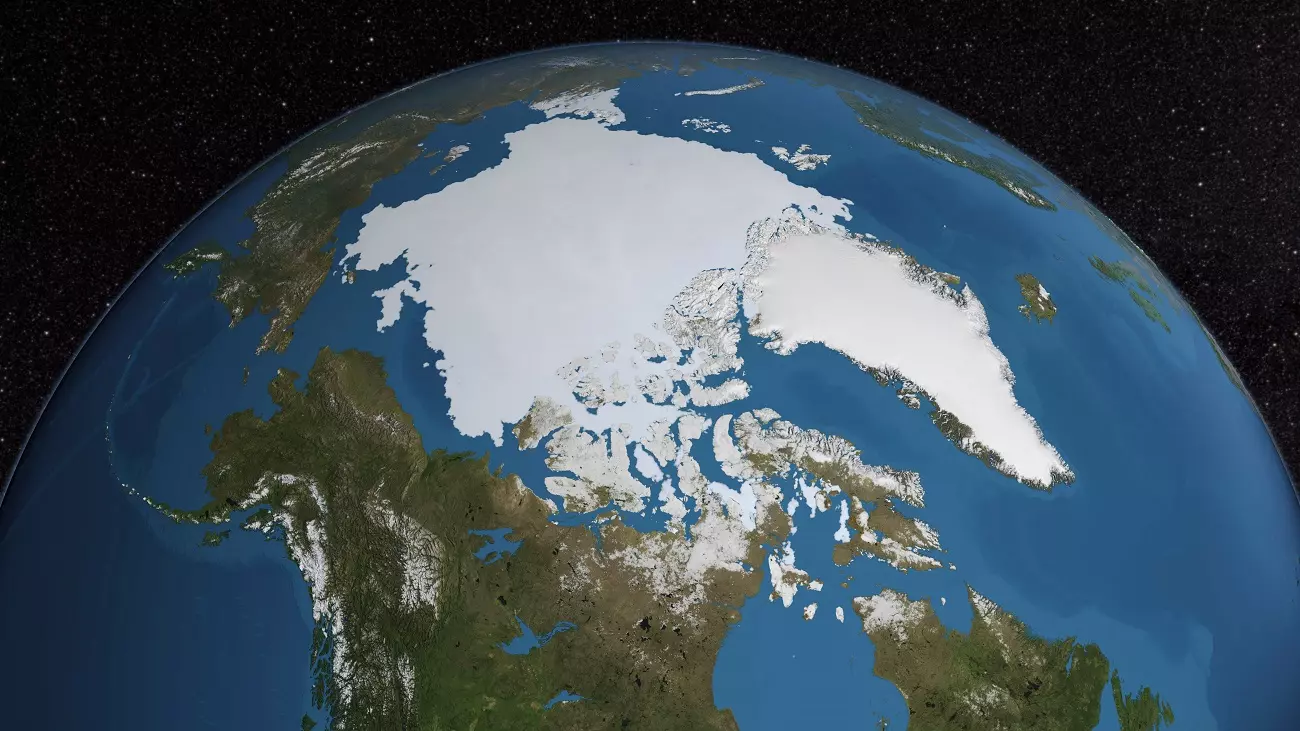Research Line
Wetland-Atmosphere Interactions
Exploring Wetland-Atmosphere Interactions for Climate Mitigation and Conservation Strategies.
Wetlands play a critical role in global carbon (C) biogeochemical cycling, exerting major feedbacks on Earth’s climate system by exchanging energy and greenhouse gases with the atmosphere, storing large soil C pools, and sequestering C through processes like continuous vertical accretion, allochthonous sediment deposition, and biomass accumulation. The waterlogged soils of wetlands promote low rates of organic matter decomposition, leading to the preservation of significant amounts of soil organic C for centuries to millennia, thus aiding in the long-term removal of carbon dioxide from the atmosphere.
Recognizing the importance of wetlands, researchers and governments have emphasized the prevention of wetland loss and the restoration of wetland ecosystems to limit future emissions and meet climate goals. Additionally, rice paddies, as agricultural wetlands, offer potential for climate mitigation through improved rice cultivation management practices that reduce GHG emissions and increase carbon sequestration. However, widespread implementation of climate adaptation, mitigation, and agriculture policies has been lacking, with few incentives available for restoring carbon sinks and mitigating greenhouse gas emissions from agriculture. Challenges to implementing carbon sequestration and emissions reduction strategies include the need for robust monitoring, reporting, and verification, ensuring the permanence and additionality of stored carbon. Moreover, the impact of rising temperatures on wetland GHG exchange remains uncertain in a changing environment.
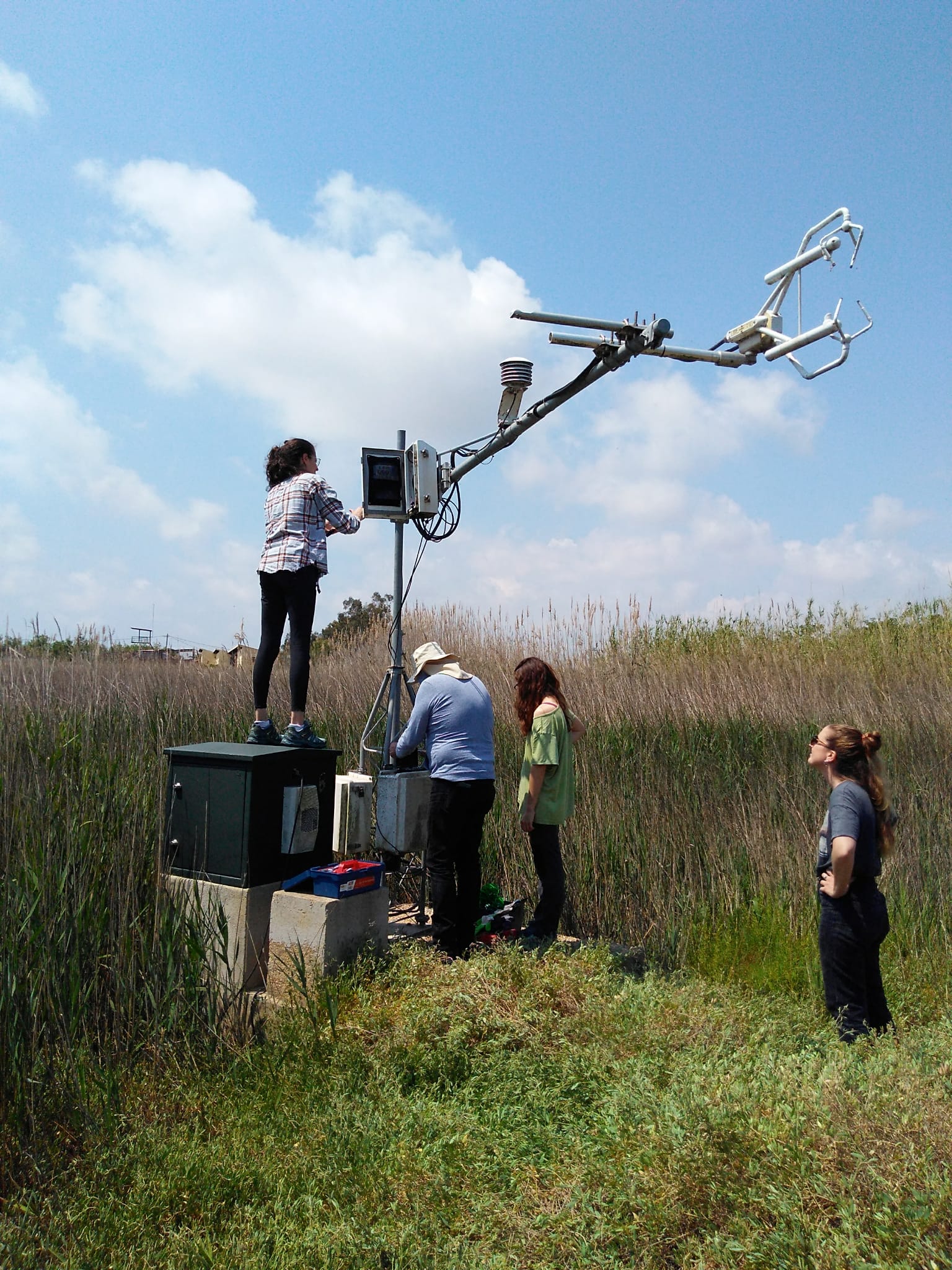
Eddy covariance tower at a freshwater wetland in the Ebro Delta, Catalunya, Spain. Flux towers like this can give us ecosystem-scale estimates of greenhouse gas exchanges.
Our research integrates field-based measurements, remote sensing, and modeling to offer new insights into the factors influencing wetland GHG fluxes across various spatial and temporal scales. We quantify the potential climate benefits of wetland restoration, management, and conservation, thereby informing policies aimed at limiting global temperature rise.
Specific focus areas are:
· Study carbon cycling in coastal (marsh) and agricultural wetlands (rice paddies).
· Obtain accurate micrometeorological observations for the exchange of energy and greenhouse gasses between wetlands and the atmosphere using the eddy covariance method.
· Quantify the climate mitigation potential of wetlands and management actions.
· Modeling of GHG budgets with changes in land use and management
· Develop innovative methods for monitoring, verifying, and implementing carbon sequestration and emissions reduction strategies in natural and agricultural wetlands.
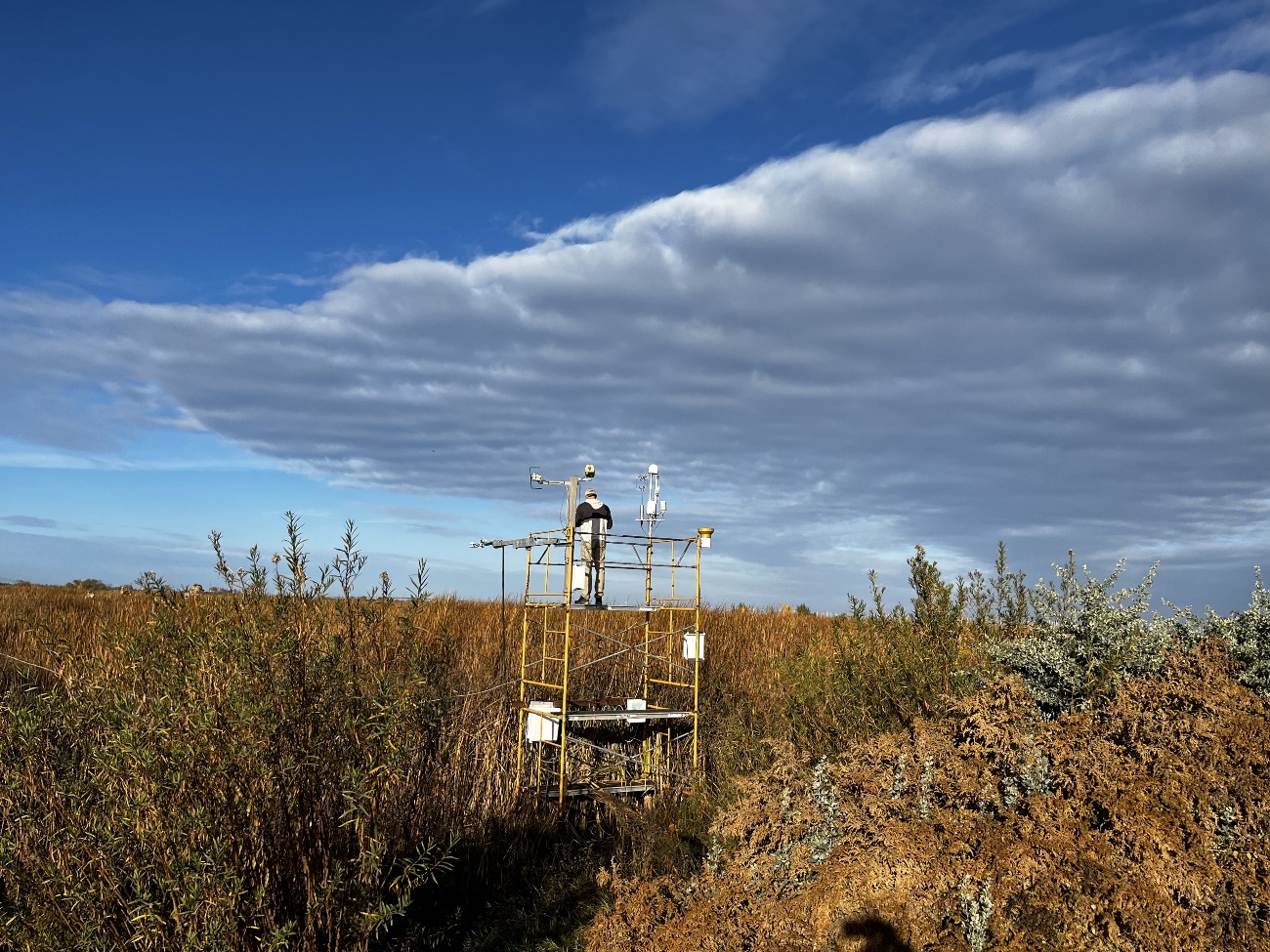
Eddy covariance tower at a freshwater tidal wetland near Oakley, California, USA

